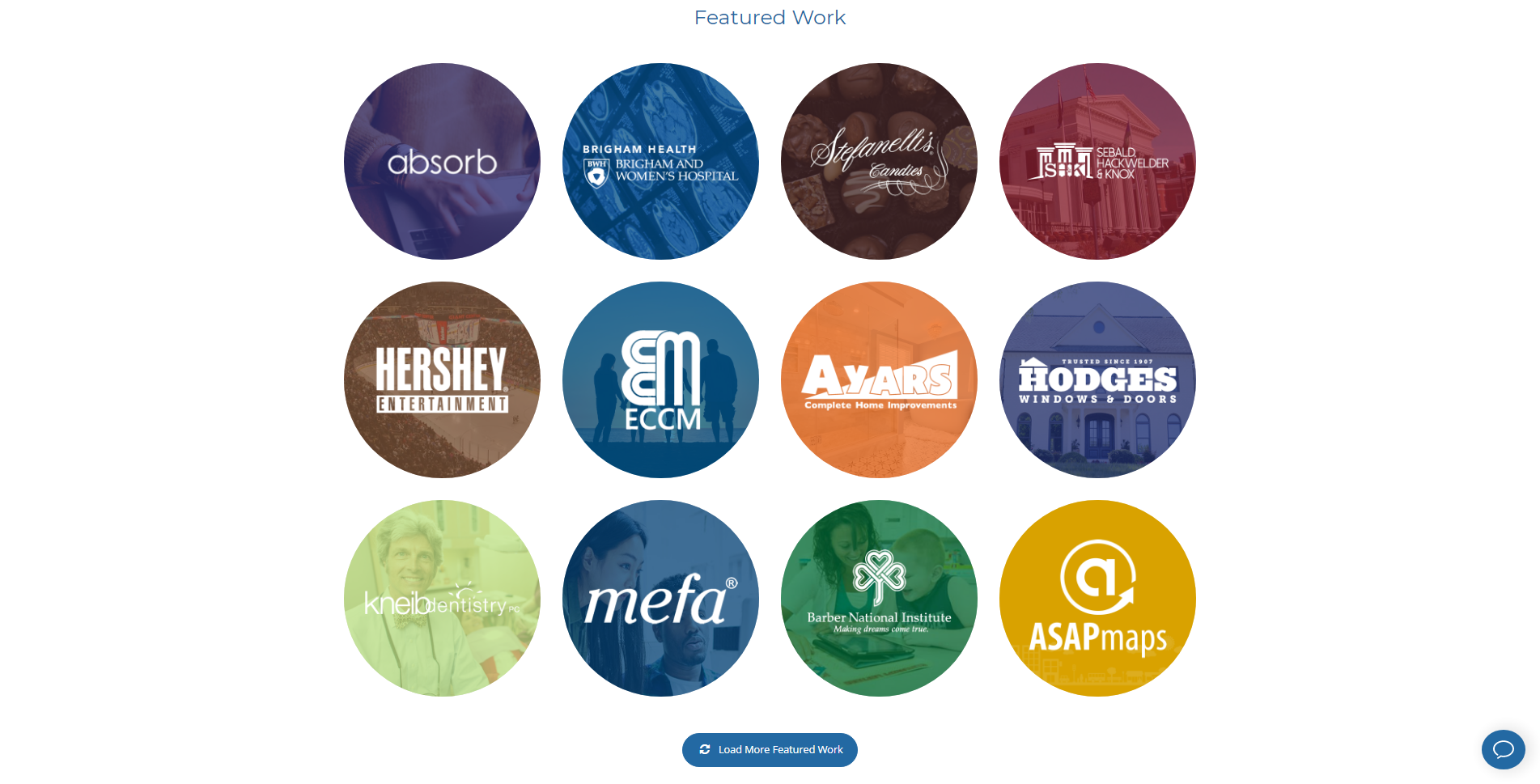
The idea that website content is something that you just set and forget is sorely mistaken. In fact, we at Epic believe that a really good website is never finished. There are always new trends and optimization techniques you can implement to benefit both your business and your customers.
A hands-off approach to updating website content is a sure way to be forgotten (unless, of course, you've hired a team of professionals to handle it for you). Neglecting your website over time undermines trust, as savvy visitors will notice tired design, broken links and images, and outdated references or statistics. It may even fall prey to spammers or be flagged as unsafe in Google search (be sure to obtain an SSL certificate for your website if you haven't already).
Conversely, regular website content updates boost your stature in both user experience and search engine rankings (which are closely related, by the way). Adding a new section or page to your website provides more keyword opportunities, more potentially useful/actionable information for the user, more room for link-building, and reinforces your expertise. Find a way to be thorough but not overwhelming, to entice but not overfeed. Changes over time can be subtle and gradual, but they cannot be nonexistent.
Here are a handful of ideas to get you started.
Publish a biweekly or monthly blog
Publishing blog posts at regular intervals (every week, every other week, every month, etc.) is perhaps the best way to expand your website content without cluttering up the navigation or site structure. Maintaining a regular blog is a fantastic opportunity to gain ground for keywords you'd like to target, hence enhancing your SEO strategy. Relevant topics can be sourced from just about anywhere — industry newsletters and forums, competitor websites/blogs, recent research or studies, FAQs, social media followers, search engine query suggestions and/or related searches, and more. You can experiment with post styles such as video blogs (vlogs), infographics, question-and-answer, case studies, true or false/fact or fiction, surveys/polls, tutorials, ranking lists, and more.
The possibilities are truly endless, but there are a few general rules you should abide by:
- First, the blog post should be of some utility to the user reading it — does this answer a question, solve a problem, or address a need?
- Second, the topic should be relevant to your audience and area of expertise — don't write about how to make a prize-winning blueberry cobbler on a commercial plumbing website.
- Third, blog posts should be backed by keyword research — at Epic Web Studios, we like Google Keyword Planner, Moz, and SEMrush. Exploring keywords will allow you to weave phrases into your writing that people are searching for, and also generate new topics along the way. Make sure to include your primary keyword phrase in the blog's header, or H1, as it's one of the first things search crawlers look for when indexing the page. A good place to start when making on-page SEO updates are the technical SEO elements.
Add a portfolio page
Conversions — purchases, form submissions, sign-ups, etc. — do not happen out of blind trust. Prove your worth by adding a portfolio page. Service-based company? Spotlight your best work. Product-based company? Show how your product makes a difference. Tell the client's before-and-after story through creative use of multimedia elements like image galleries, charts or graphs, and video. A portfolio page is also a natural place to slot in a review or testimonial.
There are several routes you can take when organizing your portfolio pages. A few arrangement ideas for this compelling form of website content might include:
- Treating each client as an individual case study
- Showcasing multiple clients under a project or product type
- Organizing by a benefit or end result
Take a look at how our portfolio is arranged:

Integrate a social media feed
An excellent two-for-one. When you integrate Facebook, Instagram, or an X feed, you're updating website content and maintaining your social media presence simultaneously. Once you install the feed, the content should populate automatically, with barely any extra work on your part. You might display your latest Instagram posts, Facebook reviews, or X mentions. This shows that you engage and interact with your audience and paves additional avenues for organic traffic.
Incorporate a press or media page
Are you generating buzz in the media? Don't let that excitement go to waste — capture it on a press or media page. Links and mentions through prominent media outlets are tremendously valuable to SEO and can be a boon to website traffic. Also note that if a publication in your industry or field is writing about you, you might want to investigate whether you could prepare content for them. Linking to your featured guest post or article for a renowned publication is a fantastic opportunity to expand your audience and demonstrate your expertise!
Content marketing with Epic Web Studios
Content may be king, but you don't have to be its jester. If you'd rather not fool with website content updates and prefer to focus on managing your business, you're in luck! Epic Web Studios can either help you build a strong brand voice and identity from the start, or learn to fluently speak your existing brand language to maximize your impact. Whether we're with you from the beginning or join you halfway, we're with you.



